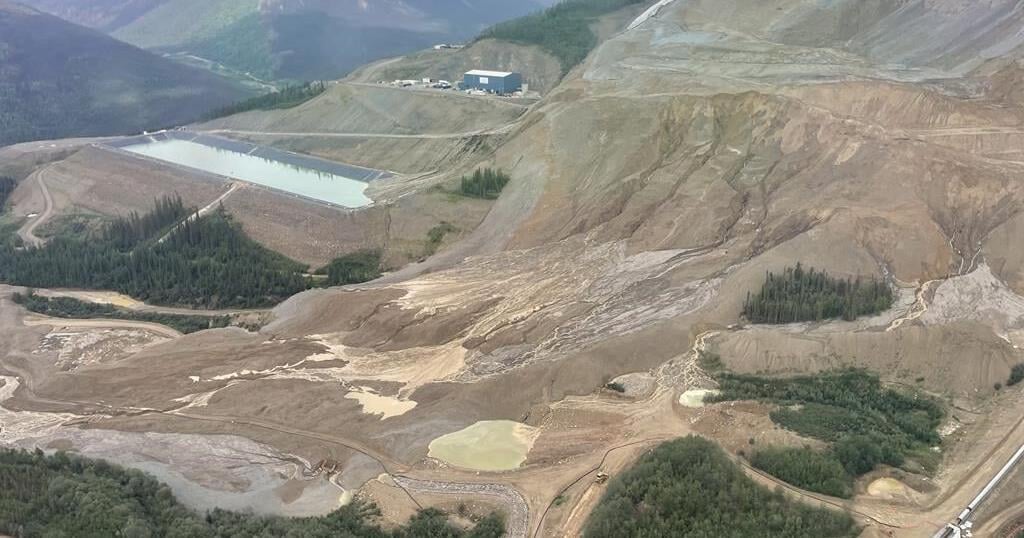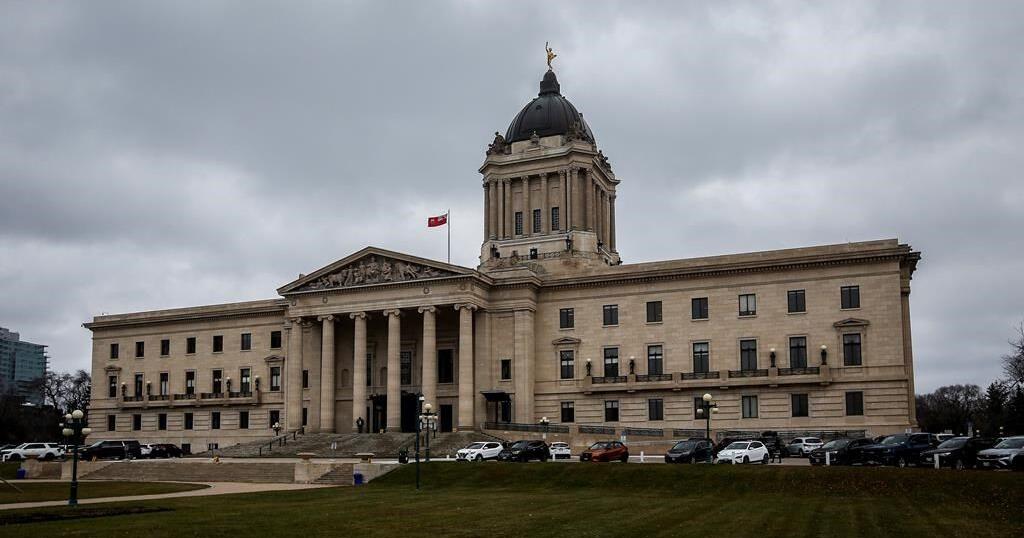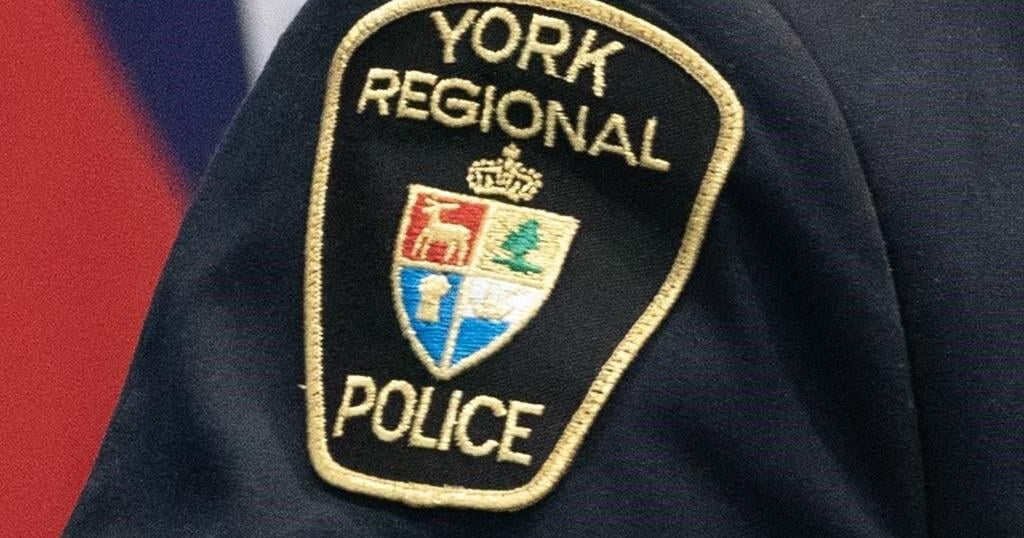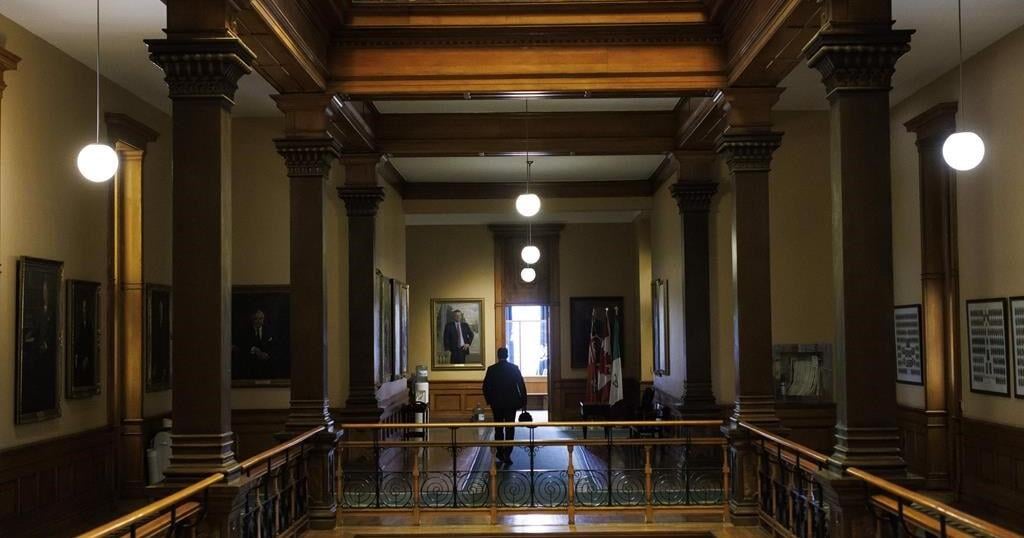WHITEHORSE – The company that owns the gold mine where a failure led to a massive release of cyanide-contaminated ore says it plans to oppose an application by the Yukon government seeking the appointment of a receiver over the firm and its property.
The First Nation of Na-Cho Nyak Dun says it has also filed a similar application in Yukon Supreme Court to address what it calls an “environmental catastrophe” caused by the heap leach pad failure at Victoria Gold’s Eagle Gold mine in June.
A statement from Victoria Gold says it has been served with an application by the territory seeking the receivership and “related relief” after the failure, but makes no mention of the First Nation’s application.
The company says in the statement that it intends to oppose Yukon’s application served after the close of markets on Tuesday.
The applications come after the ore storage facility at the Eagle Gold mine failed on June 24, causing a slide of cyanide-contaminated ore and releasing millions of litres of cyanide solution used in the gold extraction process.
A statement from the First Nation says its application calls for a third party to be appointed as receiver to take over management of the company and “ensure the necessary steps are undertaken to contain and remediate the millions of litres of cyanide and other contaminants that are being released into the environment.”
Yukon officials have said some water samples taken downstream have shown cyanide levels that “significantly exceed” guidelines for aquatic life.
Brendan Mulligan, a senior Yukon government scientist, told a briefing last week that “clear evidence” of groundwater contamination had also been found, though samples with the highest concentrations of cyanide are being “contained on-site.”
The First Nation says it believes the matter will need to be before a court in Yukon, but it supports the territorial government’s application, which was filed in Toronto where Victoria Gold’s corporate office is located.
The mine is located about 400 kilometres north of Whitehorse, on the traditional territory of the Na-Cho Nyak Dun, which has called for Victoria Gold to be removed from managing the cleanup.
“We have lost all confidence in Victoria Gold’s ability to effectively manage the response to this disaster. We are grieving the impacts of this catastrophic failure on our lands, waters, and wildlife. The health and integrity of our lands are our top concern,” Chief Dawna Hope said in a statement Wednesday.
Dr. Sudit Ranade, Yukon’s chief medical officer of health, said the groundwater contamination at the site isn’t a threat to drinking water.
“These are separate systems, and so at this time the drinking water system that is regulated is still not at risk,” he said last Friday.
The nation has previously called for a public inquiry to look into “failures that caused this catastrophe and ensure it never happens again.”
This report by The Canadian Press was first published Aug. 14, 2024.

























